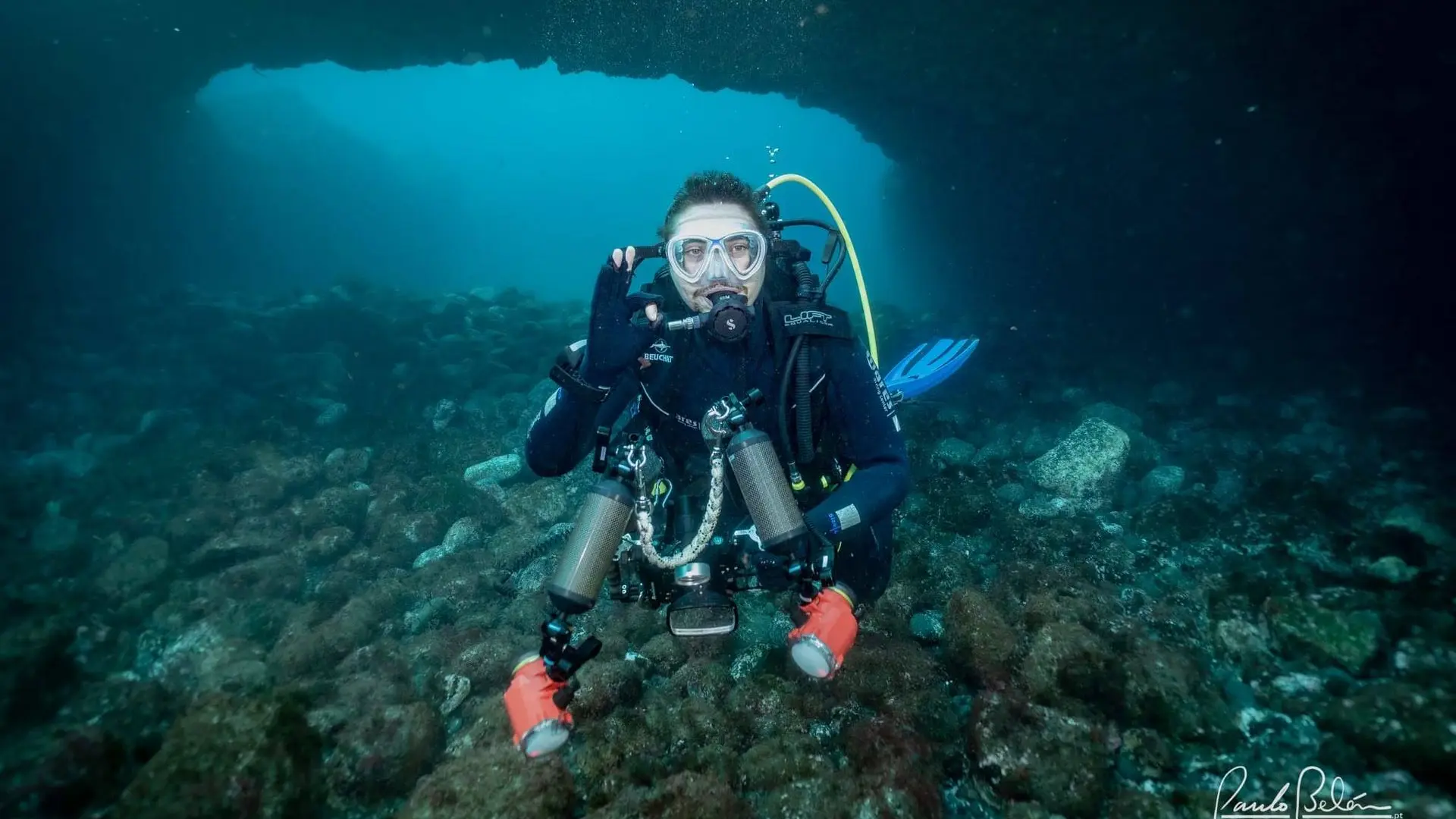Evolution: a history of biodiversity
🌐 Evolution: An Accepted and Impactful Pillar in the Scientific World! 🧬
Since its introduction, the theory of evolution has been widely accepted in the scientific community, exerting a considerable influence on biology and everyday life.
🧬 Complexity of Evolution: Microevolution and Macroevolution, DNA on Stage:
The concept of evolution is complex, involving both microevolution and macroevolution, with DNA playing a crucial role in the transmission of changes to descendants.
👥 Population-centric: Interactions and Long Periods:
Evolution focuses on populations, emphasising interactions between individuals of the same species, and takes place over long periods of time. It explores how the characteristics of a population change over time.
🔍 Driving Forces of Evolution: Mutations, Genetic Drift, Natural Selection and Migration:
The forces driving evolution include genetic mutation, genetic drift, natural selection and migration, all of which contribute to the biodiversity observed in the kingdom of life.
🌿 Observing Evolution on Islands: Single Adaptations and Island Syndrome:
Evolutionary processes can be observed on islands, leading to unique adaptations. These observations provide a fascinating insight into the impact of the environment on the development of species.
🔬 Profound Influence in Biology and Daily Life:
Beyond research laboratories, the theory of evolution has profound implications for many aspects of biology, from medicine to agriculture, as well as for our general understanding of the diversity and history of life on Earth.
💡 Continuity of Discovery:
Evolution remains an inexhaustible source of discovery and exploration, stimulating our curiosity to understand the complex mechanisms that have shaped life as we know it today.




